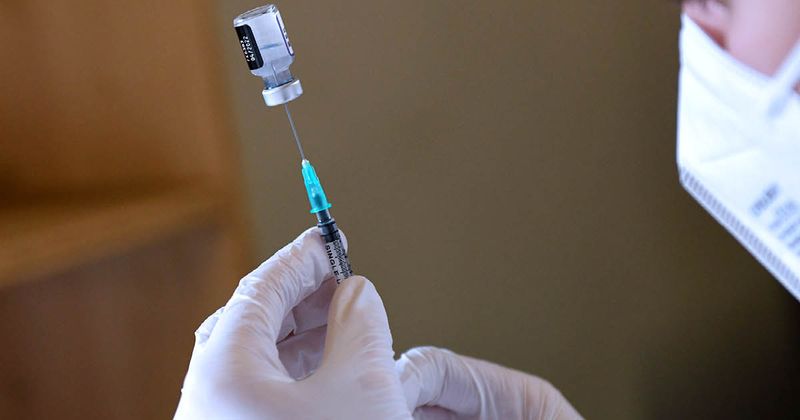Top in ID: Johnson & Johnson vaccine; ‘substantial’ prevalence of long COVID
The FDA has restricted the use of Johnson & Johnson’s COVID-19 vaccine due to its association with thrombosis with thrombocytopenia syndrome.
The vaccine will be available to adults who do not have access to other COVID-19 vaccines and those who elect to only receive the Johnson & Johnson vaccine and would otherwise be unvaccinated, according to the FDA. It was the top story in infectious disease last week.

The second top story was about long COVID and new data that show more than 200 million people globally are suffering from COVID-19’s long-term effects.
Read the top stories in infectious disease below:
FDA restricts use of Johnson & Johnson COVID-19 vaccine
The FDA has restricted the use of Johnson & Johnson’s COVID-19 vaccine based on an updated analysis of the risk for a rare but potentially deadly blood-clotting syndrome. Read more.
Global prevalence of long COVID ‘substantial,’ researchers say
Researchers estimated that more than 200 million people globally suffer from long-term effects of COVID-19, according to a recent study. Read more.
COVID-19 associated with nearly 15 million excess deaths, WHO finds
Nearly 15 million people died as a direct or indirect result of COVID-19 during the first 24 months of the pandemic, according to a new estimate published Thursday by WHO. Read more.
Stewardship bundle ‘dramatically’ decreases fluoroquinolone use in UTIs
An antimicrobial stewardship bundle implemented at nearly two dozen urgent and primary care clinics in Florida resulted in a dramatic decrease in fluoroquinolone use for UTIs, researchers reported. Read more.
Vertical hepatitis C transmission more common than assumed, study finds
The rate of vertical hepatitis C transmission is nearly 25% higher than commonly assumed, according to a reanalysis of data from more than 1,700 children born to mothers infected with the virus. Read more.
